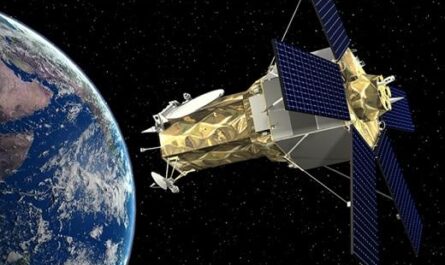Researchers at UNSW Sydney have developed a low-cost and environmentally friendly technique for the production of ammonia, a key component of fertilizers. The production of ammonia has traditionally relied on high-energy processes that result in a significant carbon footprint. However, the new technique developed by the researchers eliminates the need for high temperatures, high pressure, and extensive infrastructure. This breakthrough significantly enhances energy efficiency while making environmentally friendly ammonia economically feasible.
The conventional process used for ammonia production, known as the Haber-Bosch process, accounts for about 2% of global carbon emissions. It requires temperatures of over 400 degrees Celsius and pressures exceeding 200 atmospheres, consuming 2% of the world’s energy and emitting 1.8% of its CO2. The research by UNSW Sydney shows that the new technique enables large-scale synthesis of green ammonia by increasing energy efficiency and production rate.
The research has already been licensed to an Australian industry partner, PlasmaLeap Technologies, through the UNSW Knowledge Exchange program. The technology is now set to be translated into the Australian agriculture industry, with a prototype already scaled up and ready for deployment. This development is a significant step towards sustainable ammonia production, which is crucial for achieving global net zero objectives.
In addition to its use in fertilizers, green ammonia also has potential applications in the hydrogen transport market. Liquid ammonia (NH3) can store more hydrogen in a smaller space than liquefied hydrogen (H2), making the transportation of hydrogen energy more economical. This further adds to the value of green ammonia in Australia’s renewable energy initiatives.
Ammonia-based fertilizers are currently facing shortages due to international supply chain disruptions and geopolitical issues. This has had an impact on food security and production costs. The innovative technique for sustainable ammonia production will help address these supply challenges. Moreover, it offers a solution to the economic and logistical challenges associated with intermittent energy sources for cities and farms.
Dr. Ali Jalili, the leader of the study and a former Australian Research Council DECRA Fellow at UNSW, emphasizes the importance of adopting a sustainable approach to ammonia production. The traditional Haber-Bosch process produces 2.4 tonnes of CO2 per tonne of ammonia, contributing significantly to global carbon emissions. Additionally, Haber-Bosch is economically viable only in large-scale and centralized facilities, leading to increased CO2 emissions during transportation to farms.
Unlocking the full potential of green ammonia production requires a decentralized and energy-efficient method that can effectively utilize surplus renewable electricity. This development positions Australia as a leader in renewable energy exports and utilization. The innovative technique not only addresses the carbon footprint of ammonia production but also contributes to the overall sustainability and resilience of the agricultural and renewable energy sectors.
Note:
- Source: Coherent Market Insights, Public sources, Desk research
- We have leveraged AI tools to mine information and compile it



